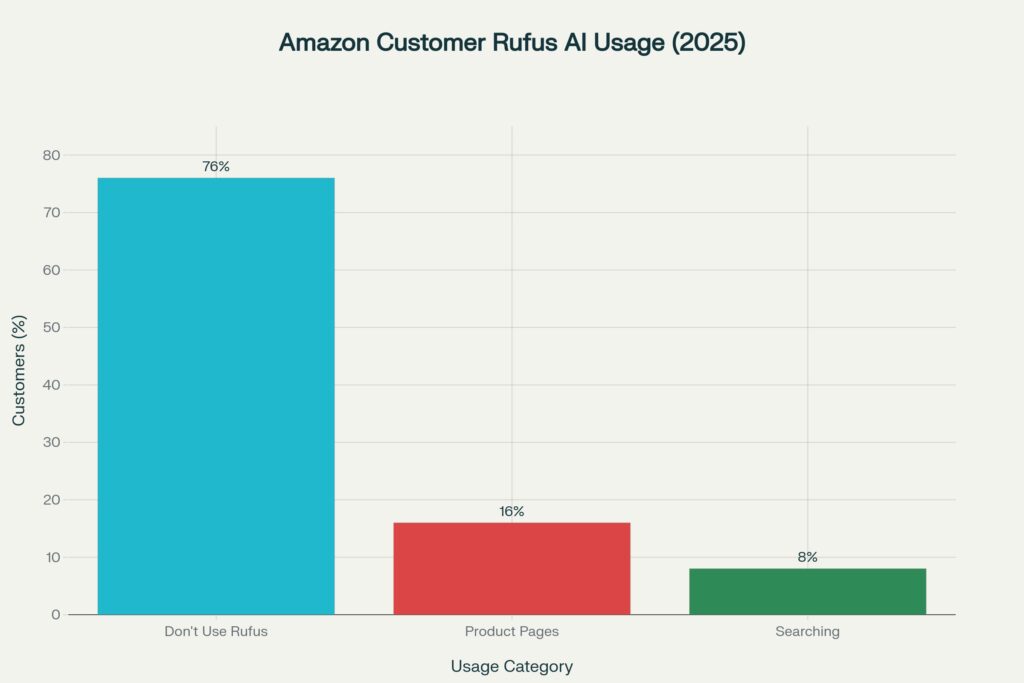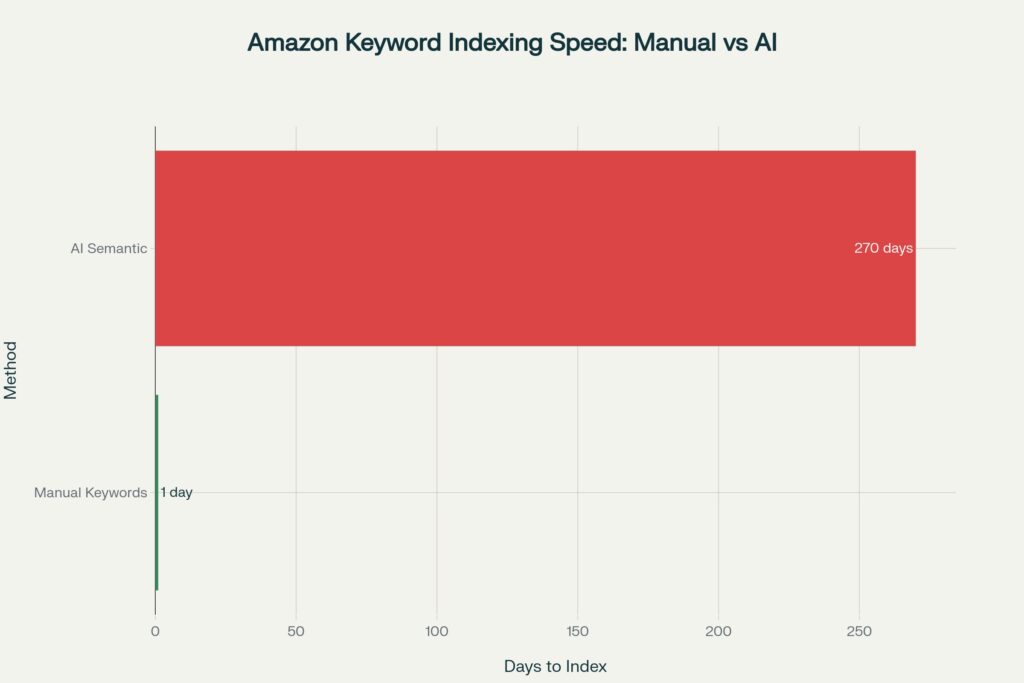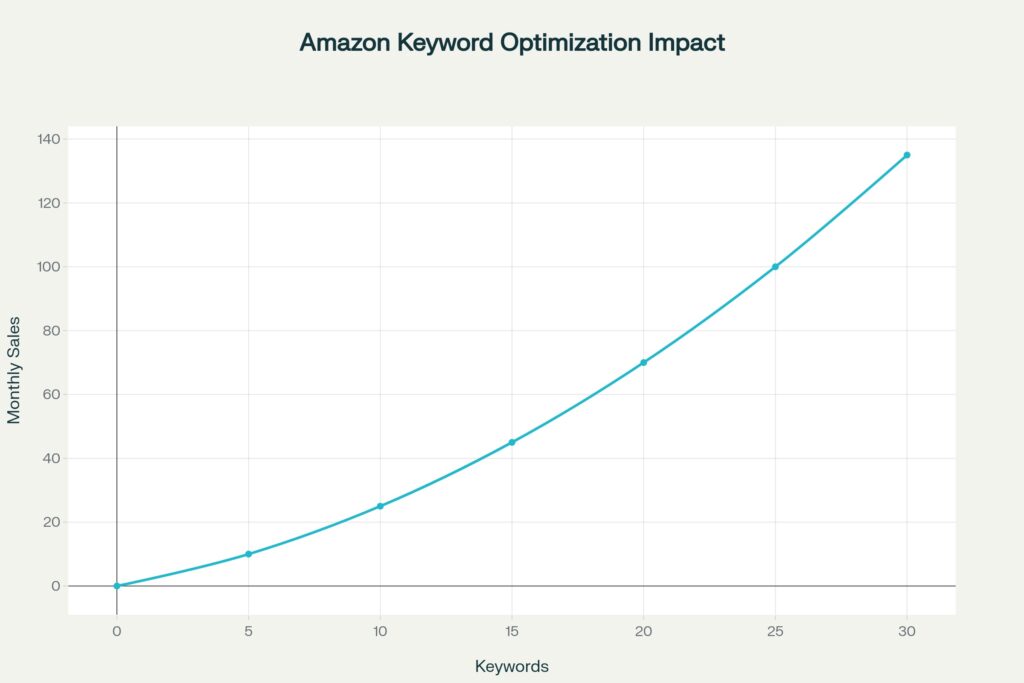Amazon Keyword Research Strategies for 2025
Unlocking the secrets of effective Amazon keyword research is the cornerstone of achieving top product rankings and driving sustainable sales growth on the worldʼs leading marketplace. In 2025, understanding how AI and Amazonʼs evolving algorithms affect traditional SEO strategies sets successful brands apart. Contrary to common hype, foundational keyword research techniques remain pivotal, enhanced not replaced by AI advancements. This in-depth guide dives into proven strategies, real-world data, and actionable advice to help sellers maximize product visibility, boost conversion rates, and capture untapped market opportunities
The Reality of AI in Amazon Search: What Sellers Need to Know
Despite widespread conversation about Amazonʼs AI assistant and its presumed disruption, data from millions of searches and seller case studies reveal that traditional search behavior is largely unchanged. The vast majority of customers still rely on direct keyword searches rather than AI
powered Q&A or product page experiences
How customers really use Amazonʼs AI features:

Survey data revealing that 76% of Amazon Prime members don’t use Rufus AI, while only 8% use it for product searches. This means the foundation for Amazon success continues to be strategic keyword placement and missing even one important keyword can leave significant revenue on the table
Why Keyword Inclusion Drives Immediate Indexing Not AI
A frequent misconception is that Amazonʼs AI will eventually “figure out” your product relevance, indexing it for critical search terms even if they arenʼt explicitly present in your listing. Data shows that waiting for semantic AI indexing can delay visibility by months, while manual inclusion
achieves instant results
Visual comparison of indexing speed:

Comparison showing manual keyword inclusion achieves immediate indexing versus 612 months for AI semantic understanding. By ensuring each target keyword is present in your product title, key bullet points, and description, you enable Amazonʼs algorithm to instantly match your listing to relevant customer searches, unlocking valuable impressions and sales opportunities from day one
Impact of Keyword Optimization on Amazon Sales Growth
Every optimized keyword represents a gateway to new customers. Sellers who consistently update and expand their keyword portfolio not only improve ranking positions but compound their sales impact—often exponentially as they reach untapped audience segments
Revenue growth based on number of keywords optimized:

Projected revenue growth demonstrating how optimizing 2030 keywords can generate 70 135+ additional monthly sales. For most sellers, optimizing just 1030 new keywords per quarter can translate into tens or hundreds of additional monthly sales, significantly boosting ROI on listing management efforts
Comprehensive 14 Step Amazon Keyword Research System
Developing topical authority for your Amazon products requires a disciplined, evidence-based approach. The following integrated methodology blends advanced tool features and real-world seller insights for maximum coverage and strategic advantage
1. Top Keywords Filter
Use a seed ASIN plus 510 direct competitors to instantly reveal nicheʼs highest-performing keywords. Prioritize those where multiple competitors rank top 10 for rapid impact
2. Opportunity Keywords
Identify “easy win” keywords—search terms where only 1 2 competitors appear in the top rankings. These represent under-served, high-potential market slivers
3. Brand Analytics Data
Leverage conversion share statistics to see exactly which keywords generate competitor sales week-over-week. Optimize for these proven buyer queries
4. Historic Trends and Seasonality
Analyze search volume and conversion data across 1015 months to surface emerging and seasonal opportunities Valentineʼs, holidays, etc.). Time your keyword updates to peak demand cycles
5. Amazon's Recommended Rank
Tap into the platformʼs relevancy scores to target keywords Amazon considers closely tied to your product attributes.
6. Deep Search Expansion
Donʼt settle for page-1: analyze how competitors are ranking on pages 24 and surface keywords missed by standard tools.
7. PPC Keyword Analysis
Target keywords where competitors heavily invest in ads, indicating commercial intent and proven purchase history.
8. Etsy Related Keyword Mining
Extract backend keywords from successful Etsy listings as supplementary inspiration, especially for cross-market products.
9. Amazon Product Opportunity Explorer
Use this free tool to gather niche-specific keywords Amazon identifies as relevant, ensuring comprehensive coverage.
10. Magnet Long-Tail Research
Develop full-bodied phrase variations around root keywords (e.g., “bat-shaped bath mat”, “gothic shower curtain”) to capture search intent edge cases.
11. Multi-Month Search Query Performance
Apply filters for minimum purchases over long periods to prioritize terms that generate actual buyer actions, not just impressions
12. Frequently Bought Together Mining
Incorporate keywords from complementary products shown in “Frequently Bought Together”, capturing cross-sell traffic.
13. Multilingual & Translation Optimization
Verify Spanish—and other high-volume language terms for accuracy, use Amazonʼs marketplace analytics to ensure correct targeting
14. Unified Listing Builder Integration
Combine data from all sources, prioritizing keywords that appear across multiple platforms for the most robust approach
Listing Optimization: Balancing SEO & Buyer Psychology
Best-performing Amazon listings integrate strategic keyword usage with persuasive, customer focused copywriting. Achieve this balance by:
- Placing unique and high-volume keywords in critical fields
- Writing clear, benefit-driven bullets and descriptions
- Addressing common customer questions proactively
- Using emotion-driven calls to action that prompt buying decisions
Remember, effective Amazon SEO means writing for both search algorithms and human buyers. Products that pair discoverability with compelling communication dramatically outperform competitors relying solely on one approach
Advanced Indexing Facts and Future-Proof Strategies
- Including target keywords in the visible listing (title, bullets, description) leads to immediate algorithmic indexing for those phrases.
- Backend search terms are now less reliable for ranking; make sure important keywords appear where customers see them.
- AI-based semantic indexing may eventually recognize missing keywords, but can take 6-12+ months, risking lost sales in the interim.
- Seasonality, trend analysis, and frequent updates are critical for maintaining evergreen product visibility
Frequently Asked Questions FAQs About Amazon Keyword Research
Q1 What are Amazon keywords and why are they important for sellers?
Amazon keywords are the terms shoppers use to search for products. Including relevant keywords in your product listing ensures your items appear for matching searches, maximizing visibility and sales.
Q2 Where should I place my main keywords in my Amazon listing?
Prioritize your most important keywords in your product title, followed by bullet points and description. Backend fields can supplement, but their impact is much lower in 2025.
Q3 Should I optimize for Amazonʼs AI, or focus on traditional keyword research?
Rely primarily on traditional keyword optimization; supplement with AI-driven enhancements such as answering common questions and enriching your product detail page for better user experience.
Q4 How often should I update my keywords?
Review and update your keywords every 36 months or after analyzing multi-month search data to capture evolving trends and seasonal shifts.
Q5 What tools can I use to discover the best Amazon keywords?
Use a mix of Amazonʼs analytics tools, deep competitor analysis, longtail keyword research platforms, and marketplace trend trackers for full coverage.
Q6 Does indexing happen immediately after changing my listing content?
Manual inclusion of keywords in your listing typically leads to immediate indexing (within 24 hours), while relying on AI alone can delay indexing by several months.
Final Tips & Call to Action for Amazon Sellers
Mastering Amazon keyword research combines science, analysis, and buyer psychology. By implementing these 14 steps, updating your listings regularly, and balancing algorithm-focused SEO with customer-centric writing, you can reliably drive traffic, increase conversion rates, and
build consistent brand authority in 2025 and beyond.
Ready to take your rankings to the next level? Start by auditing your current listings for missing high-impact keywords, analyze historic purchase data, and commit to ongoing optimization. The Amazon marketplace rewards diligence and precision donʼt let overlooked keywords or outdated strategies limit your growth
Are you struggling with Amazon keyword research? Drop your questions below or request a full audit for actionable insights and recommendations tailored to your brandʼs unique challenges
